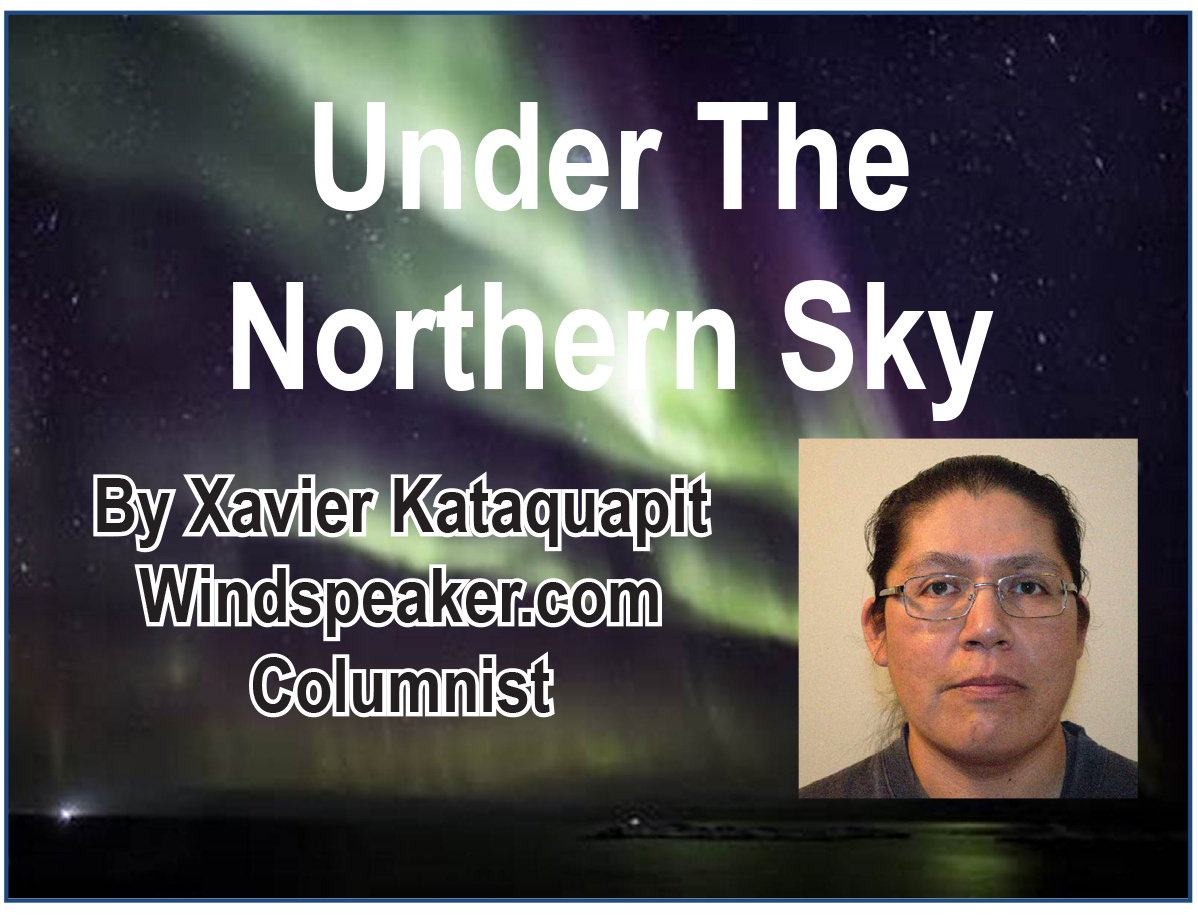
By Xavier Kataquapit
The historic Hudson’s Bay Company has been diminished, and the company is on its way to becoming lost to the history books.
Starting this month, the company filed for creditor protection which led it to liquidate all of its stores across the country except for six key stores in major cities, including the historic flagship location on Yonge Street in downtown Toronto.
As an Indigenous person, who grew up in the shadow of this all consuming company in my home community of Attawapiskat, I am happy to see it disappear from the landscape.
To many Canadians, the HBC conjures up nostalgic images of Hudson’s Bay blankets, Canadian store fronts and an historic name that occupied the history of Canada since before the country was even founded.
To my people, we only saw this company as a black hole that drained any wealth we may have had in the north.
The company was founded in 1670 as a trading company monopoly over an expansive region of territory and it was developed as way to harvest valuable furs from Indigenous people. The company was incorporated under a royal charter by King Charles II of England. It grew enormously wealthy by trading furs from Indigenous people for very little and then resold the product in Europe for even greater profit.
The first trading post for the company was founded in 1668 in what was named Rupert House on James Bay which is today known as Waskaganish, Quebec. Later came Moose Factory in 1673 and Fort Albany in 1679. From the start, the James Bay Cree were the first to be taken advantage of by this company.
My ancestors harvested furs from the land, which was a monumental challenge that required years of training, skill and knowledge in order to find the animals, and then carefully process the furs which took enormous amounts of time and effort. It would take months to gather enough furs to trade for small amounts of food in the form of flour, lard, sugar and tea, along with blankets, clothing and metal tools. It took loads more furs in order to trade enough for a firearm.
I grew up watching my parents deal with the local HBC trading post in our community when I was really young. In the early 80s, I watched dad trade the last of his furs with the HBC. I can still remember entering into that store and walking towards the rear to the manager’s desk which sat on a raised platform inside a booth. Dad would have to talk through a small divider window to negotiate with the manager of the store to get a price on the furs. Even as a child, I knew it was difficult for my father because English was his second language and it wasn’t easy for him to deal with a fast talking highly trained salesman about how much a set of furs should cost.
A staircase led up to the entry of the platform and a second set was for the exit and every time I went there with my parents, there was always a line of trappers waiting their turn along with women coming to negotiate their debts with the only company in town.
When I think of it now, there was so much wealth that was extracted from our communities and our people from the imbalanced fur trade but also from the monopoly of having the only grocery and supply store in town. People always seemed to be in debt to Hudson’s Bay.
The company store in Attawapiskat transitioned to The North West Company in the early 1990s. Furs were no longer traded but the monopoly on food, hardware items and supplies remained. Even though other smaller grocers in town developed over the years, the main North West Company store was the main grocer for the community. I am proud of my family who have stepped up recently to provide a grocery, convenience store and gas station for the people of Attawapiskat.
The fading of HBC reminds me of the lesson that my Elders always taught us about how to see the land, the people and life in general. No matter what business or development may take place on remote Indigenous lands, companies don’t last and projects don’t happen forever. The only thing that stays constant is the land, the waterways, the creatures and the people who live on the land.
Our dealings with Debeers Diamond mine has left a bittersweet experience for Attawapiskat. This is the reason why many Indigenous leaders want to tread carefully on any development, such as the Ring of Fire in northwestern Ontario. They know that any developer that starts work there will only last years, maybe decades, maybe even a century or two like the Hudson’s Bay Company but, in the end, all these businesses disappear and the only ones left are the people who have to deal with the aftermath of what is left behind. Companies will come and go but Mother Earth will always be there and we have to take care of her.
